Traditional Japanese woodblock prints (mokuhanga) were, until the beginning of the last century, generally disdained as merely mass-produced commodities that were as likely to be used as wrapping paper as to be viewed as art. But the early 20th century witnessed a change in attitudes, leading to the foundation, in 1918, of the Sosaku Hanga Kyokai (Creative Print Society), whose fundamental tenet was the concept of mokuhanga as art -- which is how Japanese artists have regarded them ever since.
With the elevated status of the woodblock , the dynamics of its production also evolved. The traditional production-team of artist, carver and printer was replaced by a single artist taking over all three roles. The 20th century's two foremost Japanese printmakers, Koshiro Onchi and Shiko Munakata, exemplified this new way of working. Their freer approach included, in Munakata's case, hand-coloring prints on the reverse.
Although traditional-style woodblock printing can still be found in Japan -- often in the form of souvenir-copies of famous ukiyo-e -- the art of woodblock printing for almost 100 years now has been characterized by practitioners searching for a fresh identity and new direction for their work. This quest has, of course, only been helped by the exchange of ideas that are the inevitable result of an increasing number of foreigners living in Japan and more Japanese venturing overseas. Consequently, it may well be that Japan will soon witness woodblocks prints -- until now its greatest artistic export -- being re-imported in an altered form.



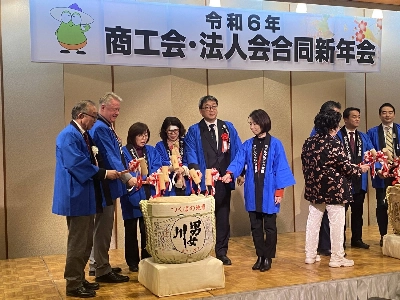



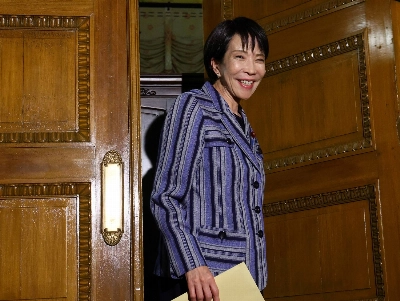

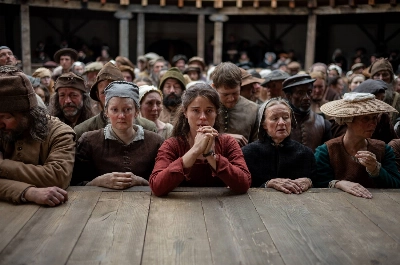
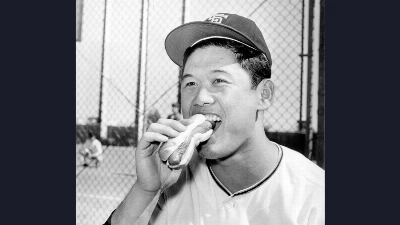
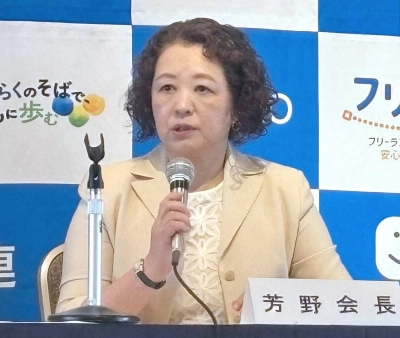
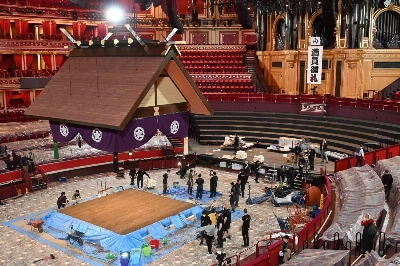





With your current subscription plan you can comment on stories. However, before writing your first comment, please create a display name in the Profile section of your subscriber account page.